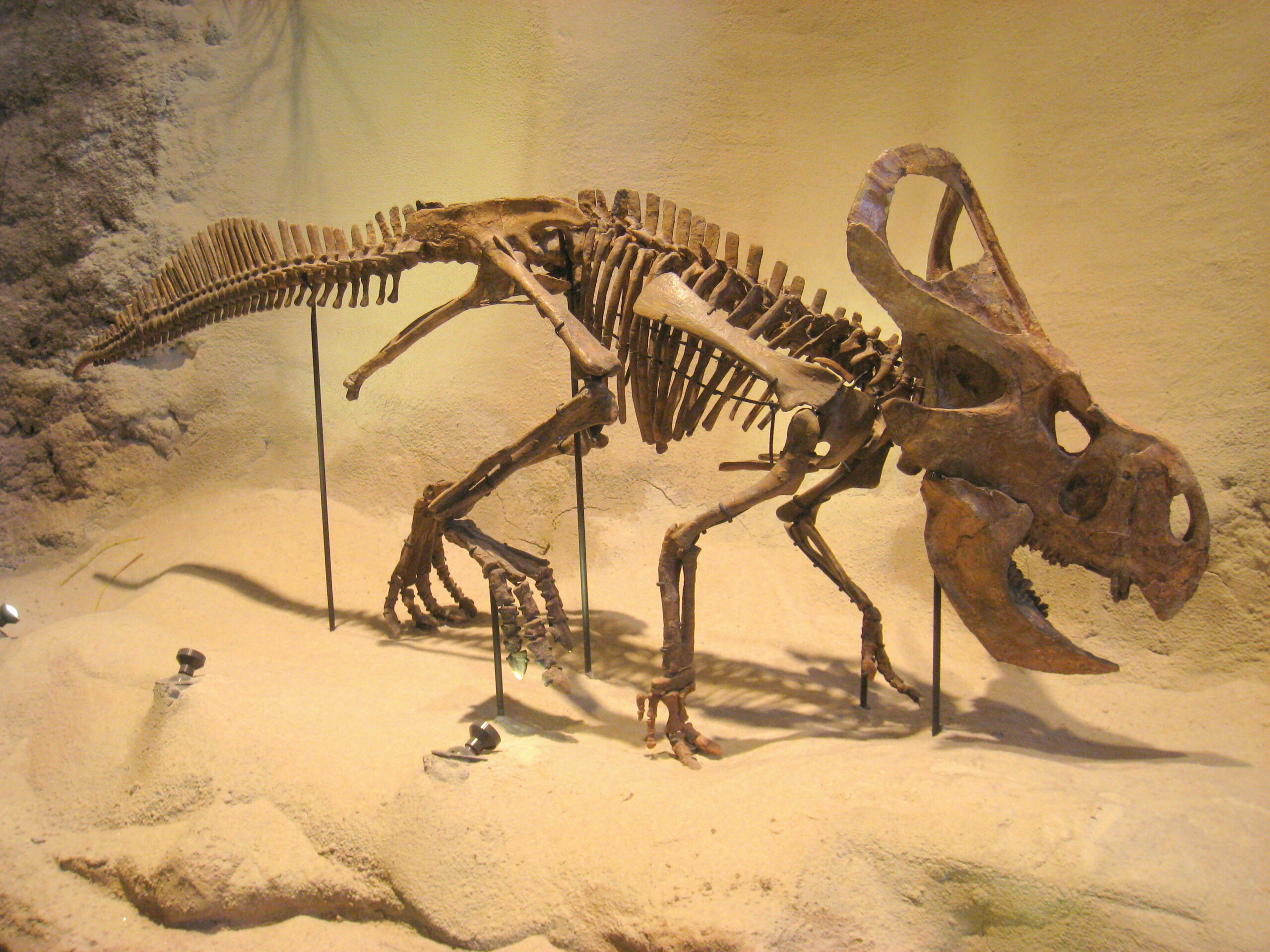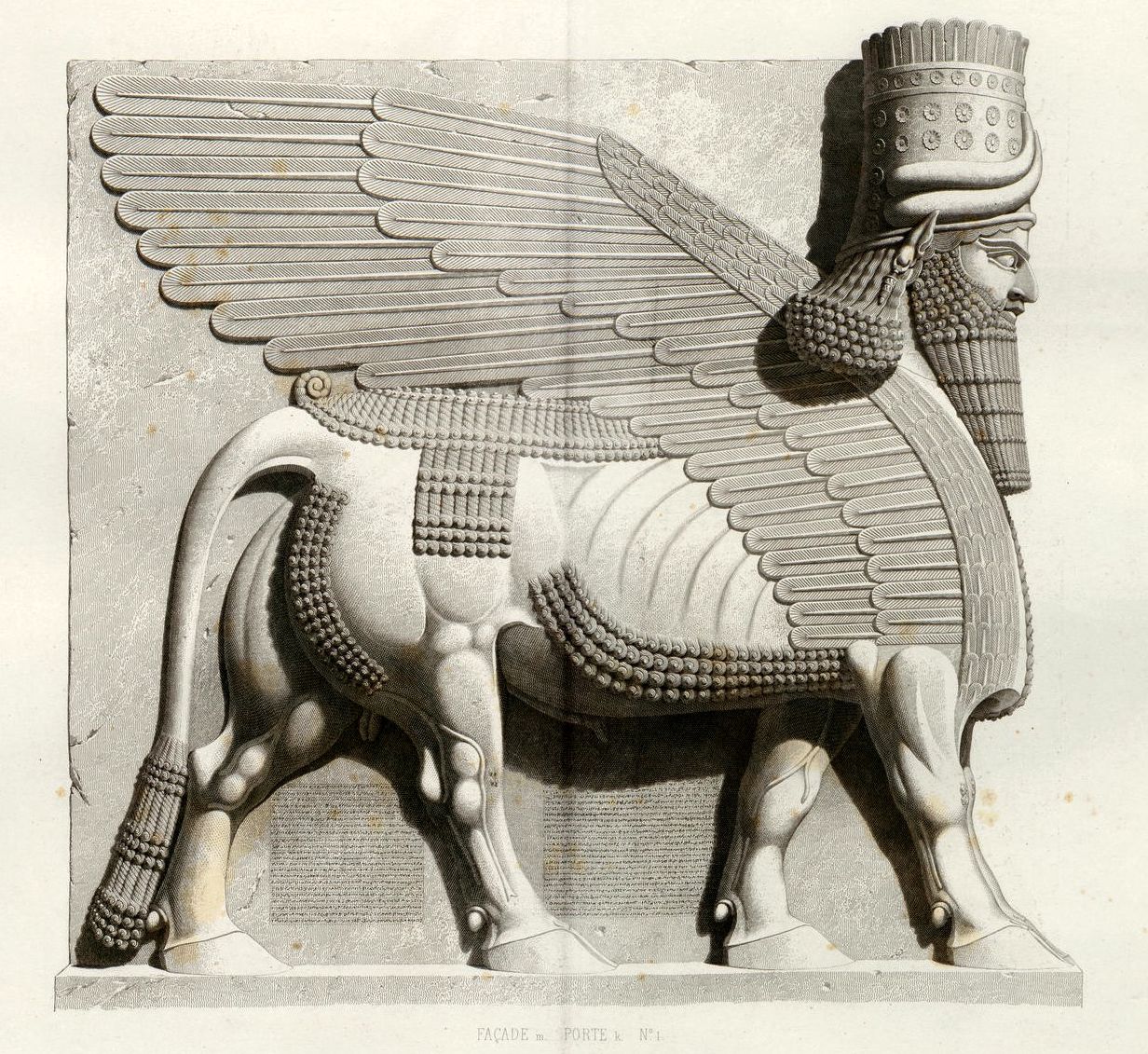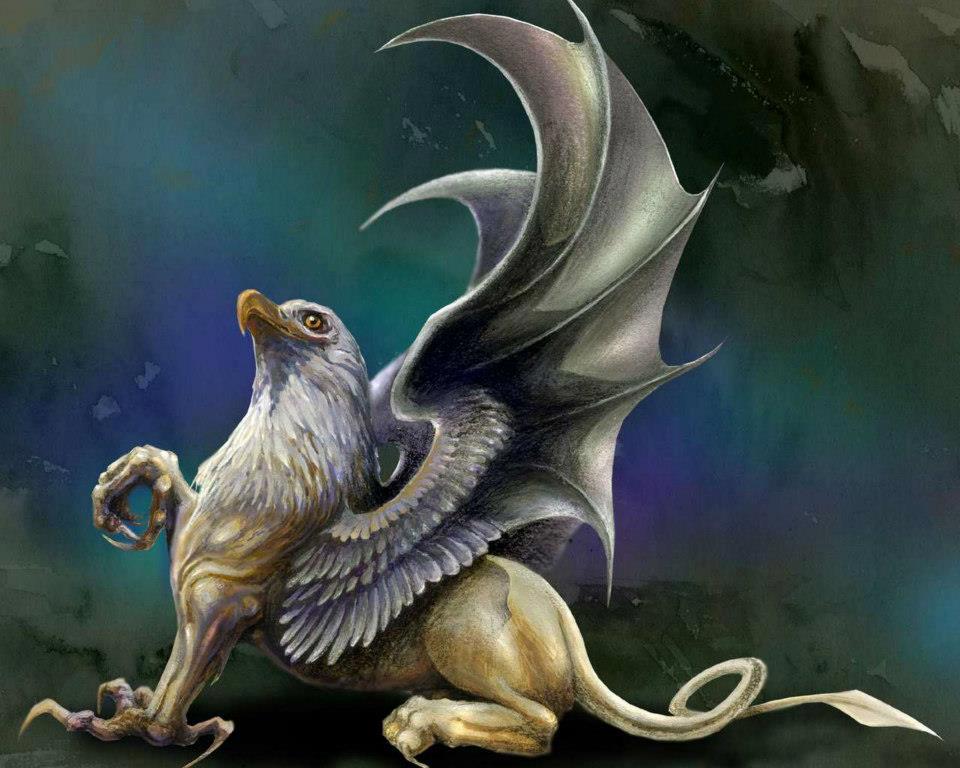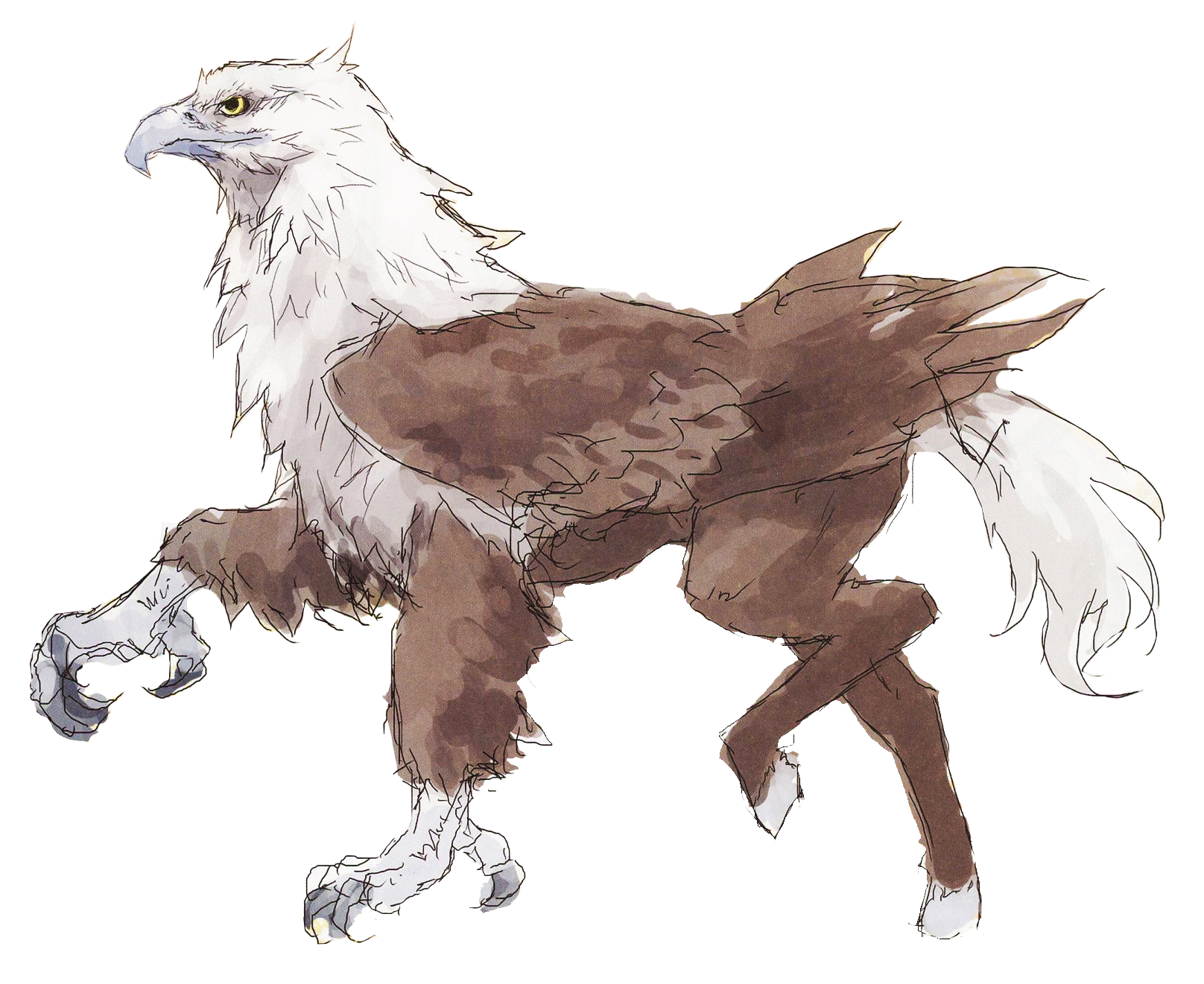As you well know, mythology had a great weight in the society of Ancient Greece, it was included in each of the elements that make up their culture. Due to his dexterity and agility, one of his most beloved creatures was the mythical half-eagle, half-lion hybrid. Here everything about him and the interesting history of him, stay with us and let's learn about him griffin an animal legendary.

The Griffin a mythological animal
A Griffin is a mythological being whose body, tail and hindquarters belong to that of a lion, while its front part: head, wings and heels, are exactly like that of an eagle. Like the lion, this species played the role of the sovereign of the beasts, and the great monarch of the birds. Likewise, he was considered the supreme leader of all creatures, thanks to his majesty and extraordinary power.
He was known to be a magnificent guardian of treasures and divine possessions. In ancient mythology, this enormous bird possessed exceptional ability to fly and defend itself, due to its beautiful wings, muscular legs and sharp claws, just as the king of the jungle does.
The splendid and radiant plumage that covers it generated an unprecedented natural visual power. As with the rest of many Greek mythological figures, it is not yet known exactly if he really existed, which is why he is still perceived as a myth. He was often compared to the Sphinx, a demon of destruction and bad luck, characterized by having the face of a woman, the body of a lion and wings on the back.
Etymology
Currently, the derivation of this word remains uncertain, since it is often linked to the Greek term "gryphos", which is translated into Spanish as "curve" or "hooked", thus being understood as the main meaning of "Grifo". » in Greek culture. Similarly, it should be noted that it may be a loanword from some ancient Semitic language with the same root that gave rise to the Hebrew "kruv", cherub, like the Akkadian "karūbu", winged creature.
From
Although the griffin is much more present in the art and popular culture of Ancient Greece, there is endless evidence and representations of this creature throughout the history of mankind. Based on the stories of various civilizations, this magnificent specimen is related to different dates, geographical locations and probable appearances.
According to a hypothesis proposed mainly by the illustrious American historian Adrienne Mayor, the origin of the griffin dates back to paleontological observations made by traders, who were transported to the European continent through the Silk Road through the Gobi Desert, in Mongolia. There they found the white fossils of the Protoceratops, which lay exposed against the reddish ground.
Such fossils could have been interpreted as an animal species of the bird genus, resembling a beast. With each one of the later narrations, and other replicas of illustrations, its bony throat, extremely flimsy and that tended to be broken or worn out in its entirety, could have become the long ears of the mammal and its beak could be understood as a irrefutable proof that it was a bird, adding its wings. From there, in ancient times it was a clear reflection of a symbol of heavenly power and custody of the divine.
The Greeks often associated him with the mythical figure of one of the main deities of their culture, Apollo. While simultaneously imagining that it was guarding, and gloating, on top of an immense mountain of gold. It is related that he used to spend the icy winter seasons in the lands of the Hyperborean people.
In the Middle East, specifically in the area of Egypt, because of its many similarities, it was compared to the Sphinx, since its appearance could be defined as that of a winged lion. For its part, the Roman civilization established that her relationship was with the magnificent Nemesis, goddess of retributive justice, solidarity, balance, fortune and revenge.
Features
For many years, it was believed that the myth of the griffins arose in the countries of the Middle East, and that in winter they went to isolated and unknown territories with rocky mountains, where they constituted countless nests and, In addition, they hid their valuable gold bars.
After this, the griffin in mythology obtained an impressive transcendence, since by itself they were the most extraordinary representation of strength, speed, dominance, strategy and protection.
Reason why it was reflected in various artistic works and even, it was placed in numerous weapons of important warriors, as is the case of the transcendent deity Athena, goddess of war, wisdom, civilization, combat strategy, sciences , justice and skill. He is well known in both Greek and Roman cosmogony, in both he is attributed the same meaning and relevance.
A large part of his statues are made with bird talons, despite the fact that in certain old illustrations he has the forequarters of a lion, when in general he has the hindquarters of a lion. As for its head, it is a columbine type, with quite protruding ears, frequently described as lion ears, but they vary a lot. Sometimes they are elongated, similar to those of a hair, and on other occasions, they are full of feathers.
Although it is rare, on some very specific occasions it has been personified without wings, as an unusual lion with an eagle's head, and spikes instead of wings. As a result of the appearance of the field of study of heraldry in the fifteenth century, this creature began to be referred to as "Moose" or "Keythong". Similarly, the Egyptian mythical beast called hieracosphinx, also has an anatomy that resembles that of a lion, but with the head of a falcon (Horus) and lacks wings.
The only variant of the griffin that exists with four lion legs has been seen in an English coat of arms of late heraldry, it was named Opinico (Opinicus) and used to be represented with a neck and tail very similar to those of a camel. . In other writings it is proposed that some griffins had a snake-shaped tail, whose purpose was to catch their prey and immobilize them.
However, in general, the griffins are birds of large proportions that can reach about three meters in height and even much more. Thanks to their hybridity, the peculiar mix between the sight of an eagle and the insight of a lion, they have the ability to attack their prey in packs, the most popular being horses, perching on them using their claws and beaks as lethal weapons.
Their favorite food was horse meat, so it was common to see them besieging them and when they succeeded, they raised them into the air as a sign of victory. The griffins did not exercise hunting as a method of entertainment, only to feed themselves, they practiced it in really small groups, less than twelve individuals.
So great were their abilities that they were able to fight in the air and dive with the help of their own body weight. Due to their multiple physical peculiarities, they could be used as a means of transportation, only with prior training.
Labor that required a lot of time because of his ferocity and jealous character. Once the goal was achieved, the animal only paid attention to its rider. He and his rider were permanently linked for life, it was very common for him to be ridden by wild goblins, since both maintained a magnificent communication.
As a consequence of their prominent size, it was easy for them to command fear and respect. However, they had also earned such a hierarchy, as they were very brave, they fought against any creature they considered a possible threat without thinking twice. As a result, they were highly receptive for generations among the various lineages of Greek royalty.
Myths and legends
As we have already mentioned several times, in mythology the griffin was a being that resembled the sphinx, given that it has the appearance of a lion with wings and an aquiline head. The origins date back to the Middle East, and to the Egyptian culture since ancient times. He is closely related in the Greek case to one of his primary gods, Apollo, who liked to spend the winter in the Hyperborean region, north of Thrace, with a lineage that inhabited the northernmost areas of all Europe.
According to a Greek legend from many centuries ago, griffins were a very rare species, difficult to find and much more complex to capture. For this reason, the god Apollo set himself the goal of doing the impossible, and ventured in search of even one single specimen.
And yes, this one managed to return riding an extraordinary and peculiar griffin. After that, the creatures dedicated themselves to safeguarding the treasures of Apollo and, in the same way, the kraters of Dionysus, god of wine and fertility. The Greek civilization asserts that the griffins roamed in this place, to protect an impressive amount of solid gold. It is presumed that the only one capable of stealing all the riches they protected was a one-eyed figure named Arimaspe.
With respect to Roman society, it did not associate the mythological being with Apollo, but rather with Nemesis, daughter of the primordial gods and brothers, Nix and Erebo. She was the deity in charge of revenge, solidarity and balance. In addition, she was responsible for punishing the disobedient, especially those children who offended their parents or did not do what was asked of them.
However, the mythological concept of griffins was not of great importance in either of the two cultures, only as divine characters they were a popular topic in the artistic world. Such was their influence on art, that they came to adorn each of the walls of the throne room of the Palace of Knossos, in Crete, whose construction dates back to around 2000 BC. c.
Said palace is believed to have been owned by the semi-legendary king Minos, son of Zeus and Europa, and brother of Radamantis and Sarpedon. This king even today stands between the border of myth and reality. In his space, countless figures and portraits could be located, in which the extraordinary physical appearance of this imposing creature is exposed. Since that period, both in Greek and Roman civilization, the griffin has been part of their architectural, sculptural and pictorial formation.
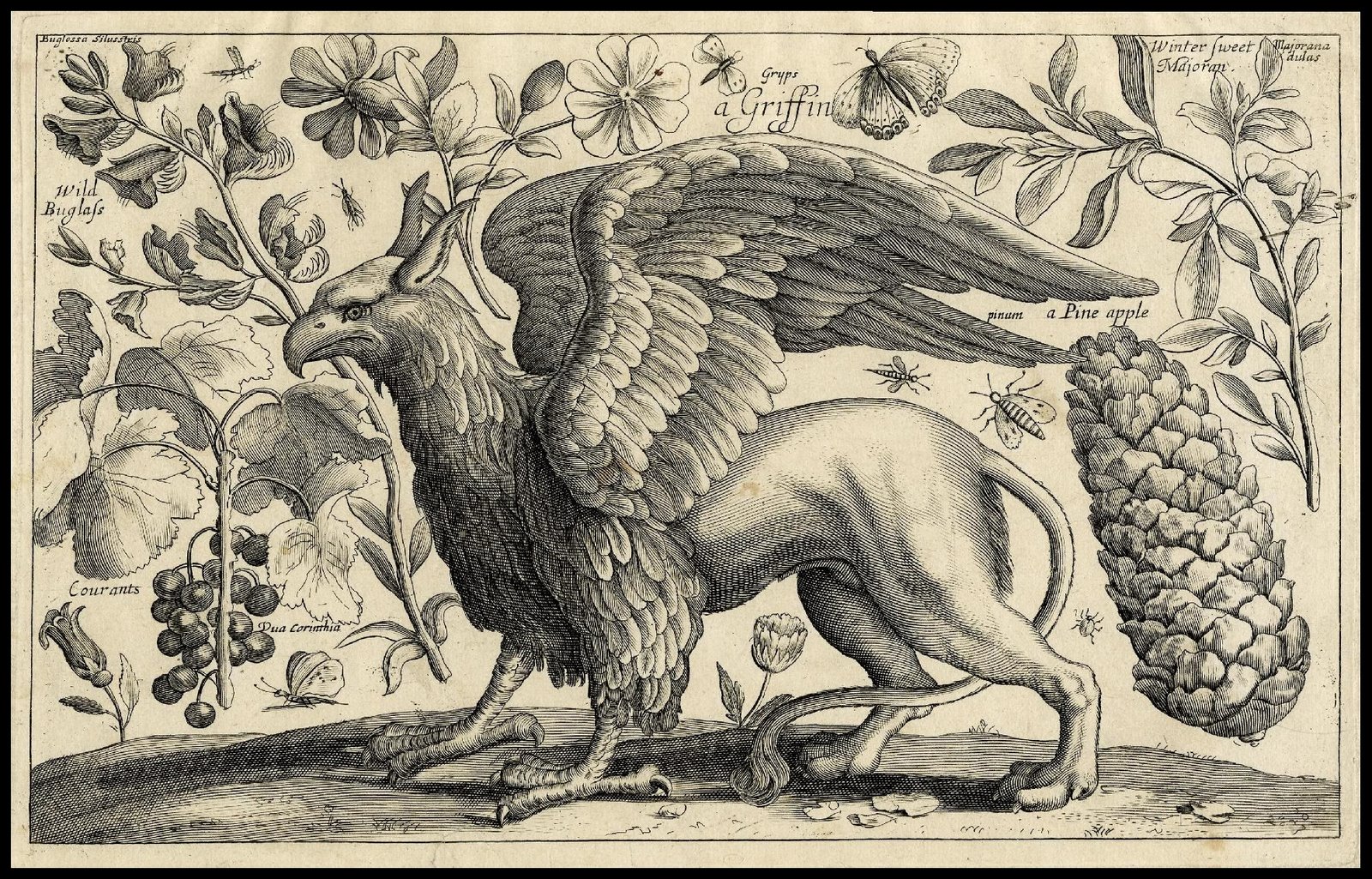
In other much more remote places such as India, they had the very important task of taking care of the mountains of the territory, in which there were multiple gold deposits, since in that region there was a large breeding ground for the species. Consequently, the exploiters of the fine metal were forced to develop special tactics, in order to successfully withdraw all their wealth without being victims of an imminent territorial attack.
Curiosities
- Compared to the king of the jungle who can have several partners at the same time, the griffin throughout his life only had one. In the given case that it were to die, they simply stayed alone until they died.
- Unlike birds, female griffins are responsible for protecting their young until they become adults or the time comes for their complete mutation.
- Being a large animal, its relentless claws were used to make cups and glasses. As for its ribs, these were used for the production of bows and arrows.
- Like the lion, the griffins lived in small groups, in which the leader was the one who was the oldest among all.
- His figure can be found in various family coats of arms and flags of reigns, which is why he is considered a heraldic emblem of great importance.
- It is represented in many paintings and artistic manifestations of the Babylonian, Assyrian and Persian civilization.
- It is an important being in Hindu culture, where it is claimed that it is capable of controlling five elements. In the area of his beak, it is said that he possessed a hole through which he blew fire and, from his mouth, he spewed icy wind with all his might. In addition, by shaking his wings he easily produced tidal waves, while if he roared he generated earthquakes.
- The species has a close relationship with the famous King Minos, since various images and portraits with their physical characteristics are recorded in his palace.
Other names of the Griffin in mythology
It is said that the griffins belong to different territories of the Asian and European continents, so, based on their location, different names are assigned to the species. Next, we will explain the most outstanding:
lammasu
In Assyrian mythology, Lammasu was a protective deity, whose representation was that of a legendary hybrid being with the body of a bull or lion, the wings of an eagle and the head of a man. In certain texts her name is used to refer to a female deity. The male version of him is referred to as Shedu. Lammasu is the Mesopotamian symbol of the zodiac, the father-stars and the constellations.
These great winged bull-men originated in Assyria as apotropaic elements, that is, as a magical or supernatural defense mechanism to protect their communities from evil. His statues were often placed in pairs at the gates of cities or the palaces of monarchs.
In addition to its protective quality, this deity also had the main objective of instilling fear and respect in the spirits and enemies of the territory. In fact, there is a legend that states that they killed any man who approached his land, unless he was of good feelings.
In Mesopotamia, bulls were associated with water currents that led to fertility, power, having their feet on the ground, as can be seen in their resistant hooves. To the human, with intelligence itself, therefore, this heavenly being is the clear image of wisdom and prosperity. He recreated the balance that should exist between the sky, the earth and the water, which made him an intermediary between man and the gods. The Akkadian peoples link the god Papa Sukkal with Lamassu, and the god Išum with Shedu.
After the passage of time, Jewish culture was greatly influenced by the iconography of the Assyrians. Texts have been found, where the Hebrew prophet Ezekiel captured a fantastic creature with an appearance similar to that of a human being, but with parts of a lion, eagle and bull. After that, specifically in the early Christian period, the four gospels of the bible were ascribed to each of these elements. At the time they were exhibited in the fine arts, said image was named Tetramorph.
Anzu
Anzû or Imdugud, is the title given to a minor god or monster, from Mesopotamian mythology, who personifies the South Wind and storm clouds. His name is often used to spell mist. Anzû comes from Akkadian beliefs, while Imdugud originates from the Sumerian people.
He is represented as a great bird-man who breathes water and fire at the same time, similar to that of his mother, the goddess Siris. He is introduced to her as a griffin surrounded by goats and, a little differently from what she is used to, as a bird with a lion's head, so that his roars are connected with thunder.
However, on other occasions it is described as an animal with the head of an eagle and a beak very similar to a saw. The peculiar power of this hybrid is that of being able to cause whirlwinds and sandstorms through the flapping of its wings. His early form is presumed to have been as the god Abu, a god also associated with thunderstorms. The history of this deity is shrouded in many legends, one of which is the myth of the Anzû Bird.
It tells how he carelessly stole the Tablets of Destinies from Enki in the Sumerian version, and Enlil in the Akkadian version, and then hid in the mountains. As a result, the sky god Anu, made a meeting with the other deities and thus decide who would be in charge of recovering the tablet, Ninurta was chosen. He defeated Anzû with his thunderbolts, returned the tablets to their rightful owner, and banished the monster after destroying the city that worshiped him, Ur. This story appears in countless Mesopotamian texts.
ziz
The Ziz, also known as Renanim, Sekwi or son of the nest, is a monstrous bird quite similar to a griffin, but originating* from Jewish mythology. The rabbis of this religion claim that it is comparable to the Persian Simurg. For its part, contemporary researchers link it with the Sumerian Imdugud and the ancient Greek phoenix. Just as Leviathan is the ruler of the seas, and Behemoth of the earth, Zis is the king of the air.
Due to its large size, when it lands on the ground its head touches the sky and its wings are gigantic enough to be able to block out the sun and obscure everything. The sacred scriptures assert that it was created with the purpose of safeguarding the lives of birds and that, if not, each of the birds in the world would be in a state of vulnerability and would die.
Likewise, it was an immortal creature that terrified all those malicious who wanted to enter its territory. At the end of time, together with the Leviathan, it will be considered and served as a delicacy.
Minoan
In ancient Crete, we found a mythological being very similar to the griffin, this was called the Minoan Genius and was very famous within popular beliefs. Sometimes, he was represented with the head of a lion, a hippopotamus and many other animals. In addition to this, he was linked to elements such as water containers, for which he was seen as a carrier of libations. This played an important role in various religious ceremonies of Minoan society.
His connections to other powerful beasts in mythology are varied, from the griffin to the Egyptian goddess Tueris, from whom he was presumably derived. In fact, throughout history, research has been carried out that ensures that the first manifestations of the Minoan genius derived from the Egyptian prototypes, around the years 1800 and 1700 BC. C. Later, the genius also became a divinity of the Mycenaean world. Each of the representations made during this period are found throughout mainland Greece.
Garuda
In Hindu and Buddhist creed, Garuda is a mythical bird considered to be a minor god, or at least a demi-god. He is established as an anthropomorphic figure with a human body and a golden color, a completely white face, an eagle's beak and huge red wings. He is seen as the Malay version of the Phoenix bird myth. Likewise, the Japanese know it by the title of Karurá. This giant animal is quite old and, according to many stories, it has the ability to cover the star king, the Sun.
In the dharma of Hinduism, the constellation of Aquila is identified with Garuda. He is the great chief of the birds and the main enemy of the race of snakes, for this reason they liked to eat them, until finally one day a Buddhist prince taught him the importance of vegetarianism. Furthermore, he is the vehicle for the god Vishnu, and the son of Vinatā and Kashiapa.
According to the sacred epic-mythological text Mahabharata, at the moment that Garuda was born, all the deities felt fear because of his impressive body shine and assumed that he was the god of fire Agni, therefore, they begged him wholeheartedly for protection. Even though they found out that this was not the case and realized that they were dealing with a baby, they continued to praise him as a supreme being and named him "Fire and Sun".
The Spine-Doves
The Spine-Doves are a lineage of Griffin, of which their ancestry is still debated today, in order to accurately determine if we are talking about mixed beings or natural creatures, very similar to what happens with centaurs and an infinity of others. hybrid beings that we find in world mythology.
If its body structure is well detailed, we can see that its four legs are identical, which would make them a branch of the Opinicus, instead of griffins as such. They are a cross between an eagle and a leopard, making their appearance ideal for use as pets or messengers by all manner of elves, humans, and humanoids.
the maple
The Maple is clearly another species of griffin, but it has managed to be personified as a lion with the head of an eagle, full of spikes and lacking all kinds of wings. Despite this, it is just as attractive and majestic as the previous slopes.
The Wyne Griffin
Wyen Griffons are birds, which compared to their European-Asian relatives, the Ice Griffons, could be considered quite compact in size. Due to their thinness and stylization, they are often associated with the proportions of a donkey, and are sometimes even confused with griffin puppies. Its physiognomy is basically a mix between a harpy eagle and a clouded leopard.
Their prey tends to be deer, monkeys, or small creatures, as they do not possess much physical strength. What they do is dive down and inflict a blow to their necks, so that their vertebrae break and they fall to the ground. Despite all that, they have impressive speed and agility to hunt, and they have a resistant beak, capable of breaking even the hardest bones. They live in the prairies and rest on really tall trees, much bigger than the redwoods.
The Polar Griffin
Like the previous species, polar griffons have the extraordinary characteristic of breaking the hardest bones with the help of their beaks, good dexterity in the air and their favorite diet is based on deer. These are monogamous, therefore, they live as a couple and raise their offspring until they are approximately two years old and have enough skill to hunt and defend themselves.
Its existence is still being questioned, only that the wide range of references that we find in various cultures, guarantees the opposite. At best, it is extinct.
Griffin and Hippogriff
The Hippogriff is another mythological beast that arises from the union of a griffin with a mare. It is half-eagle, half-horse, so that it has in its front part the physiognomy of an eagle: head, chest, wings and sharp claws.
The protagonism of this hybrid and extremely mystical and beautiful creature has taken place in an infinity of stories and fables, as well as in poems, paintings, sculptures and other manifestations of the fine arts. It not only represents magnificence, but also vulnerability and resilience. This is the clear reflection that not everything that is different is unpleasant and bad, sometimes something peculiar can be harmless to anyone.
If this article was to your liking, do not leave without first reading:
